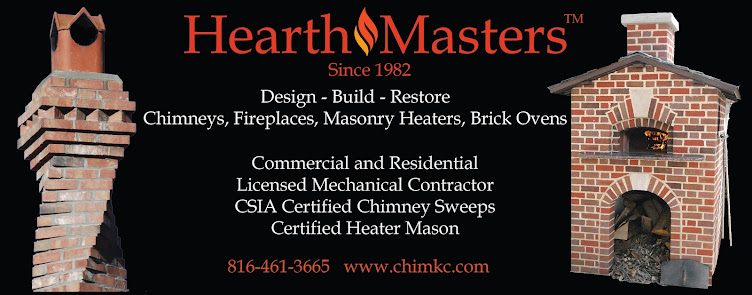 |
| High-efficiency wood-burning insert by Regency |
By Marge Padgitt
Homeowners planning to install an alternative heating appliance should review the Biomass Tax Credit that provides an incentive for homeowners to install highly efficient wood and pellet stoves. This tax credit, which runs from January 1st, 2023, to December 31st, 2032, allows eligible taxpayers to receive a credit of 30% of the purchase and installation costs, up to $2,000 annually.
The Biomass Tax Credit, enacted as part of the Inflation Reduction Act, was implemented to promote the adoption of more sustainable and efficient heating options in residential properties. This tax credit is applicable to wood and pellet stoves that meet specific criteria. To qualify for the credit, the stoves must have a thermal efficiency of at least 75% per the higher heating value (HHV) of the fuel, and be listed as an approved appliance. The tax credit is available for purchases and installations completed between January 1, 2023, and December 31, 2032.
In recent years, wood-burning appliance manufacturers have improved efficiency over their older models. Biomass fuel, which includes wood and wood-derived pellets, offers several advantages over traditional heating methods. One of the key benefits is its lower carbon footprint compared to fossil fuels. Biomass fuel is considered renewable as it is derived from organic materials, such as wood waste and agricultural crops. When burned in high-efficiency stoves, biomass fuel emits minimal greenhouse gases, contributing to reduced environmental impact. Additionally, biomass fuel is often sourced locally, supporting local economies and reducing dependence on foreign energy sources.
It is important to choose a stove that meets the thermal efficiency requirements to be eligible for the tax credit. Not all stoves meet these standards. There are stoves available at large box stores that do not meet the requirements, so choose a reputable hearth retailer or chimney service company to get a quality appliance. To identify qualifying products, individuals can refer to the Environmental Protection Agency's certified wood heater database, which lists stoves with efficiencies of at least 75%. Ask your hearth retailer or chimney sweep about the stoves they carry that qualify for the tax credit.
To claim the Biomass Tax Credit, homeowners must keep receipts for the purchase and installation, and the manufacturer's tax credit certificate. The manufacturer's certificate can typically be found on the manufacturer's website and should include information such as the manufacturer's name and address, the stove's make and model, proof of eligibility, and the manufacturer's signature. When filing taxes, individuals should complete Form 5695, available from the Internal Revenue Service (IRS), and include the necessary information, or give the information to your accountant. The credit offsets tax you owe, and it is not refunded to you.
Several manufacturers sell wood and pellet stoves that qualify for the Biomass Tax Credit. These include Regency, Quadra-Fire, Harman, Hearthstone, and Vermont Castings.
Like any heating system, biomass stoves require regular maintenance to ensure optimal performance and safety. Contact a professional chimney sweep for this service. Stoves should be swept annually, or bi-annually if used for continual heating purposes to remove flammable creosote. Only burn cordwood in the appliance and never burn treated wood, hedge, paper, or railroad ties. It is critical to follow the manufacturer's guidelines for cleaning, inspection, and maintenance.
-----------------------------------------------------------------------
Marge Padgitt is the president of HearthMasters, Inc. in Independence, Missouri. She is the author of Wood-Fired Heating and Cooking and The Chimney and Hearth Pro's Resource Book. www.chimkc.com







